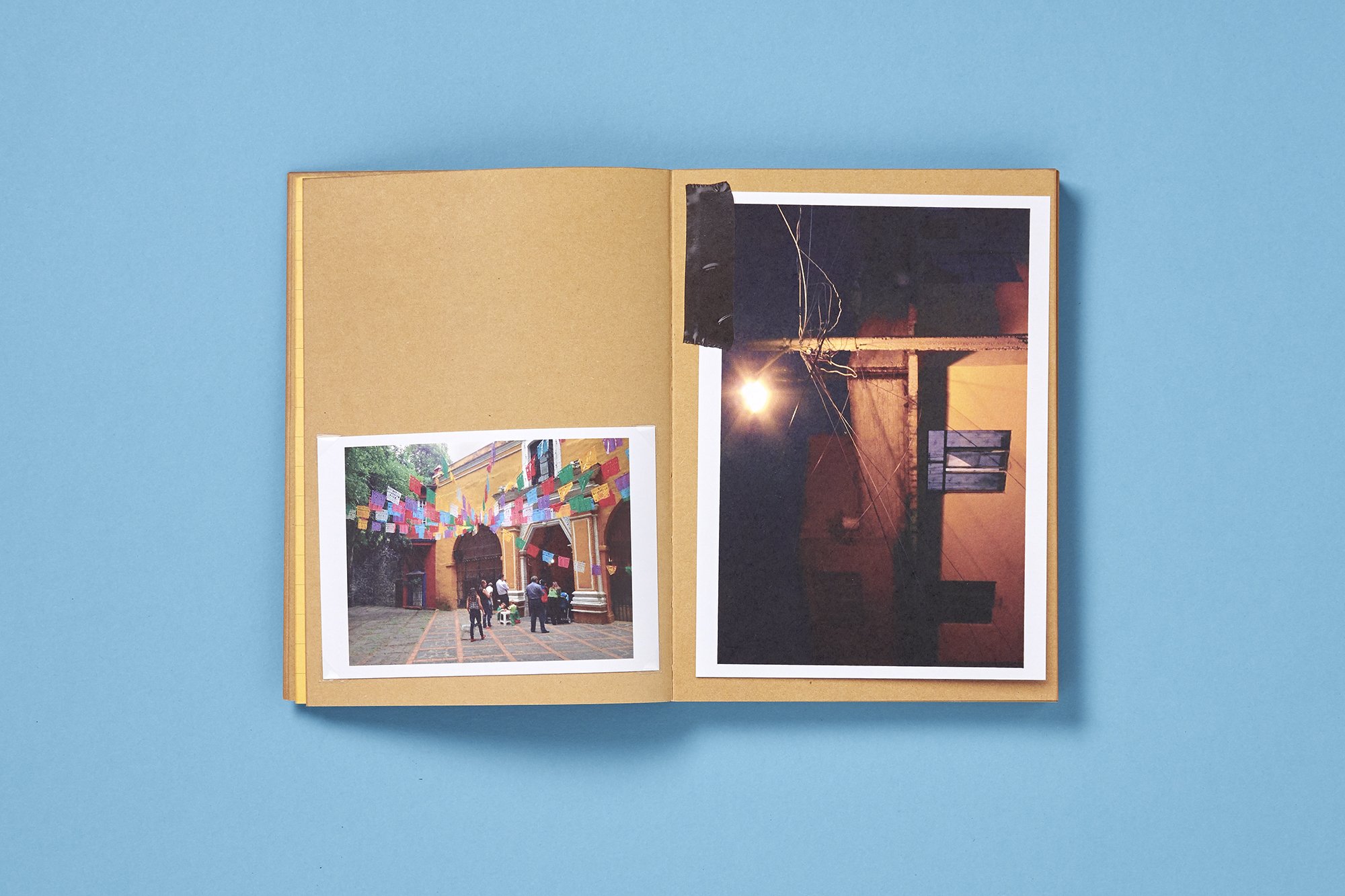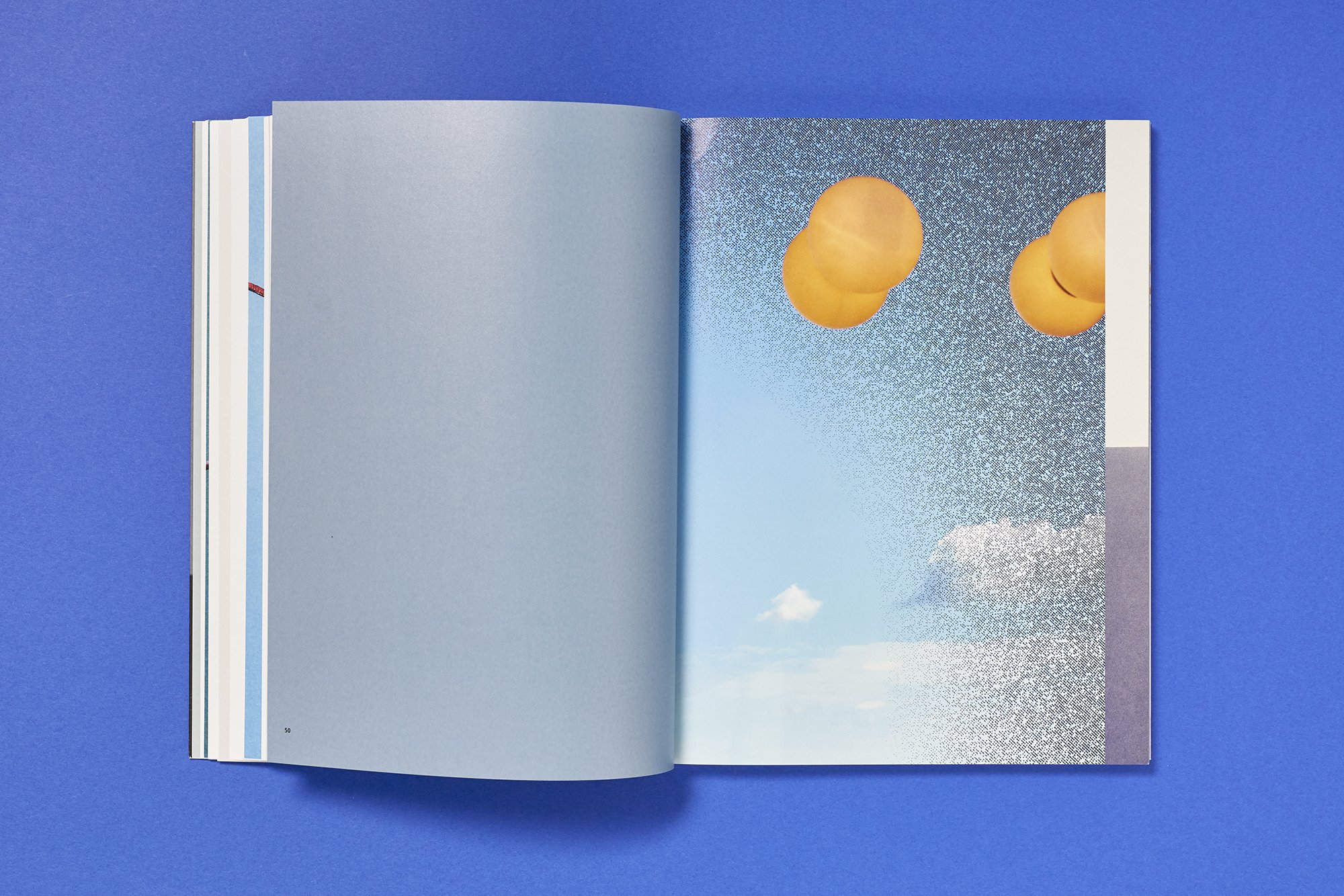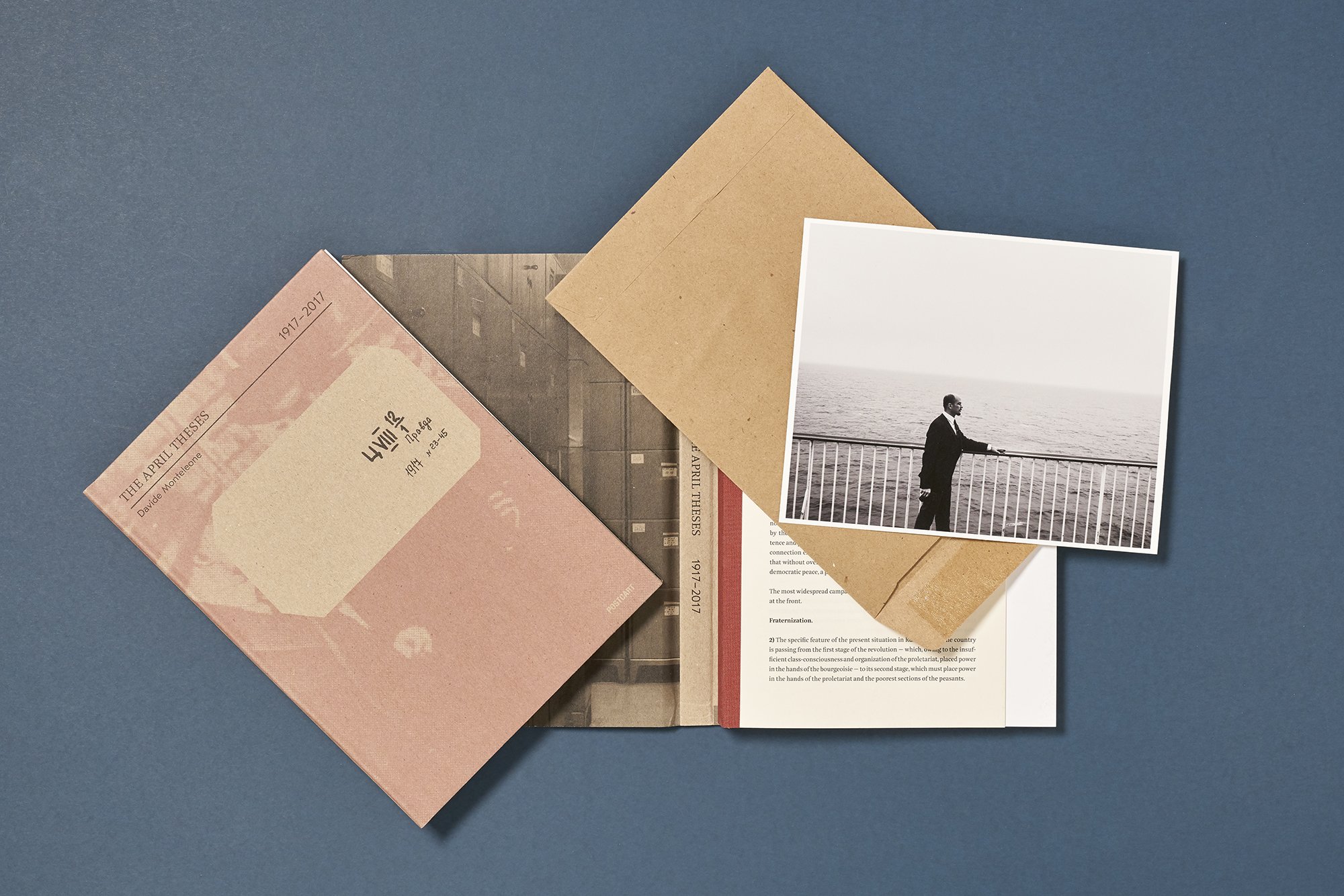“It’s not about determining things. It’s a process in which, in the best case, everyone involved learns from each other and contributes their own skills to the best of their ability – with a shared vision. Only that leads to the best result.”
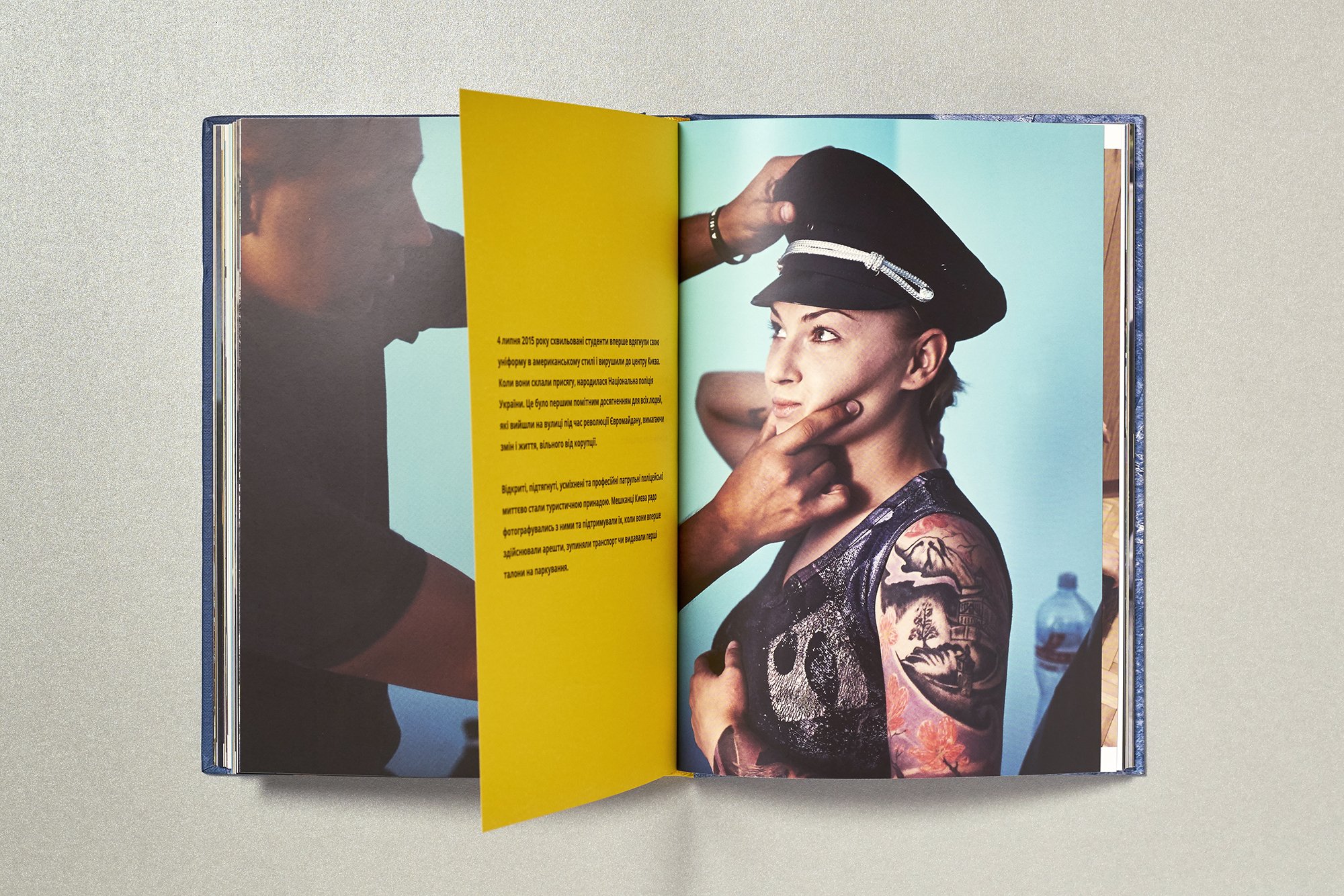
Your focus is on typography, book design and illustration.
Is the interplay of these three disciplines most appealing to you or do you have a favorite?
Book design also implies typography – in this respect it is difficult to separate the two. Book design is the bulk of my work at the moment. I love working closely with the artists. Since I also studied painting parallel to graphic design, I am always interested in the visual / illustrative side, which I approach – depending on the theme and concept – photographically, drawing or painting. For book covers or poster designs I can live out these pictorial inventions again and again, which is great fun for me. I think it’s like so often: the mixture makes the difference.
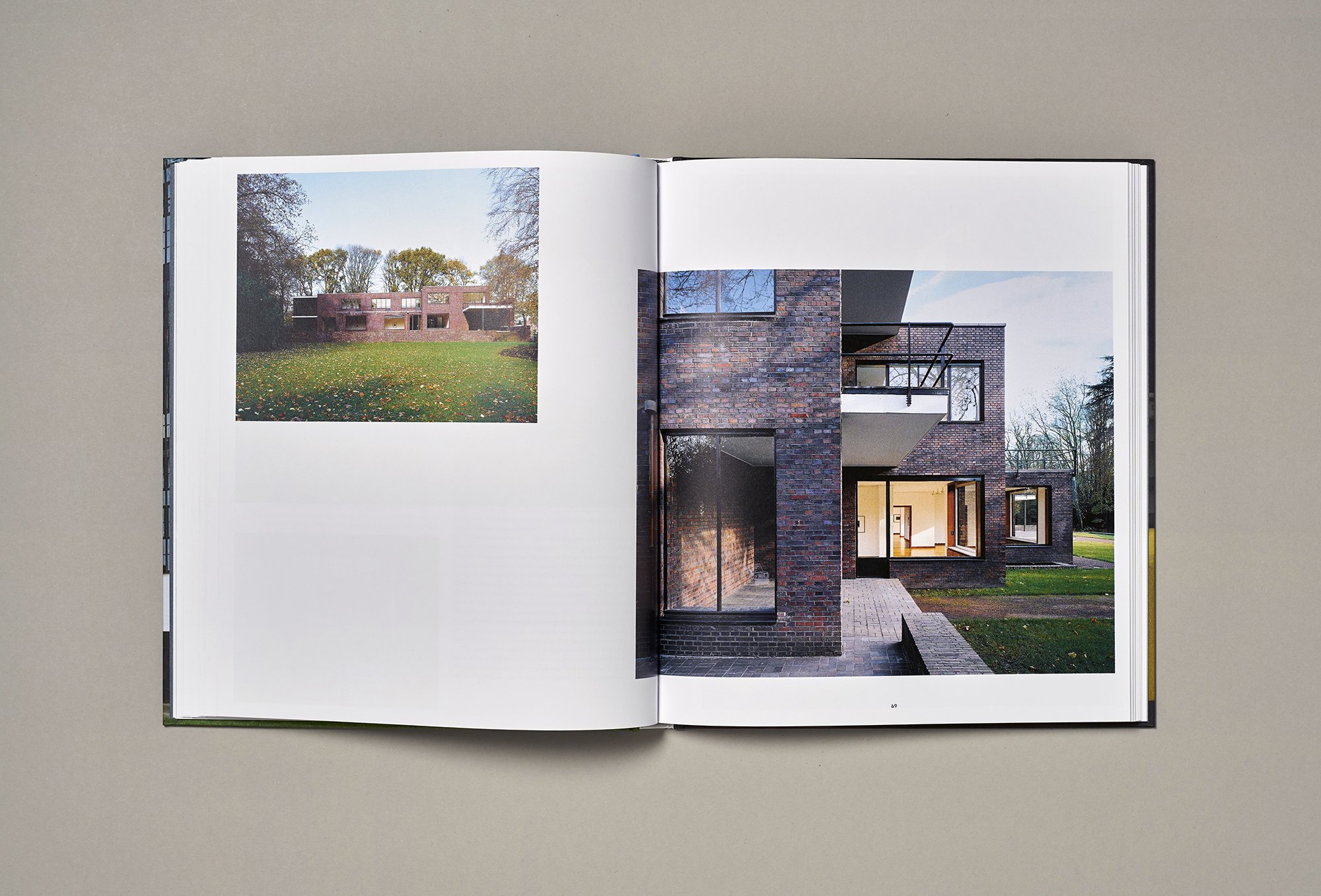
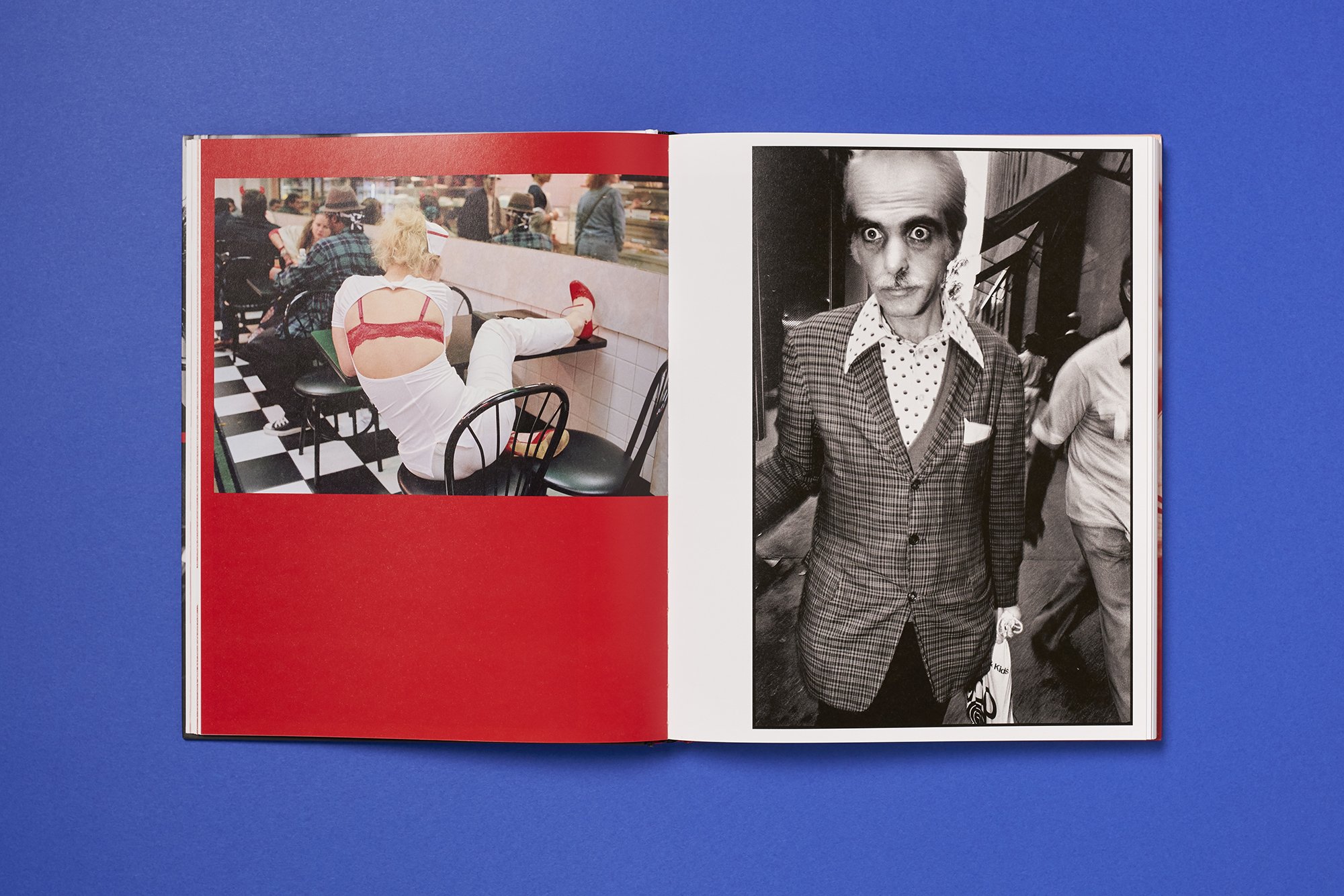
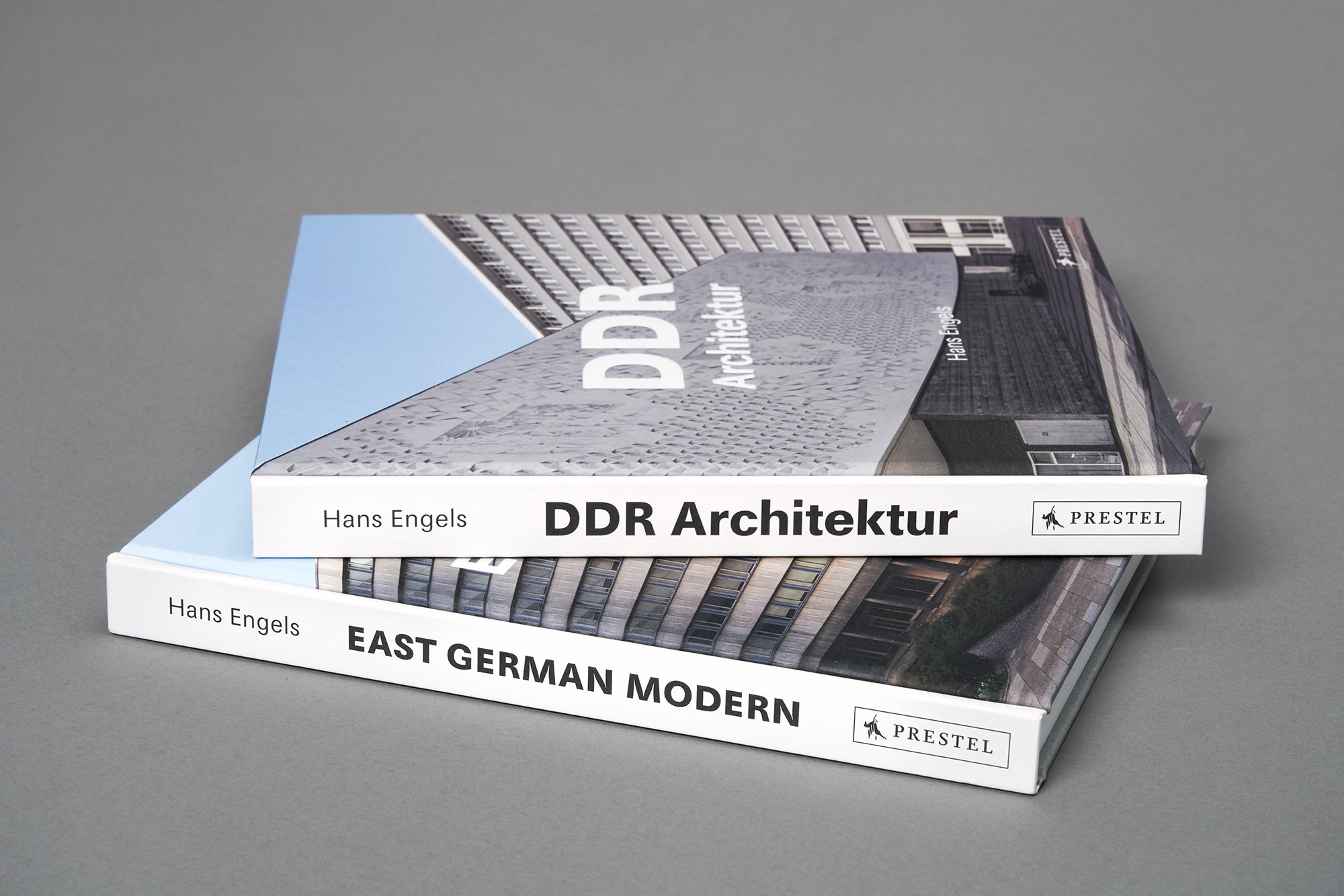
After your graphic design studies at the art academies in Stuttgart and Milan, you started working for Kehrer Verlag. Is that how you got into photobooks, or did you have this affinity before?
I have always had an affinity for photography, – but the fact that I would end up with the photo book was not a fixed plan for me, but rather a chain of different circumstances and encounters. It’s just life. In retrospect, the fact that I was able to work at Kehrer Verlag straight after graduating and that this set me on my path as a book designer was a huge stroke of luck for me. The agency landscape has always put me off, – one reason why I didn’t do any internships during my studies. I was just afraid that I would drop out when confronted with the agency reality. Instead, I spent some time in Milan to take a break from graphic design and devote myself exclusively to painting. Oddly enough, after that it was clear: I want to make books. That’s how it is sometimes, when you pause from something…, suddenly you know subconsciously, quite unexpectedly, what you actually want. Somehow, that’s how I ended up at the intersection of my two studies, too. Design, but also the work with artists. And: I love book people, – they are actually always sympathetic 🙂
Why did Leipzig become your adopted home?
“Home” is a difficult term for me because I’ve changed residence many times throughout my life. At that time, Leipzig was a personal choice of location between southern Germany and Berlin. Leipzig is a city in process. A lot is changing. Not everything is good, but that’s often how it is when something is in motion. One aspect that never ceases to amaze me is this incredible mix of big-city culture, creative life and wonderful nature. It’s rare in that way, I think. A green belt stretches through the entire city to the bathing lakes in the south, which are a result of the former brown coal mining. The proximity to Berlin is also very important to me. That’s where some of my clients are, of course.
Besides, Leipzig is a book city by tradition. Even though the weddings are over, you can still feel it.
Does the publisher or curator determine which artist or photographer you fit with, or are you chosen by the artist/photographer?
Here are all the variants. There are a few publishers I work for on a regular basis, but I also work directly with artists who are already talking to publishers, still looking, or self-publishing. There’s also a lot of word-of-mouth propaganda. The whole thing is pretty international, which I find super exciting. It’s always a wonder to me that you can work across national borders and continents like this today. These are fantastic possibilities.
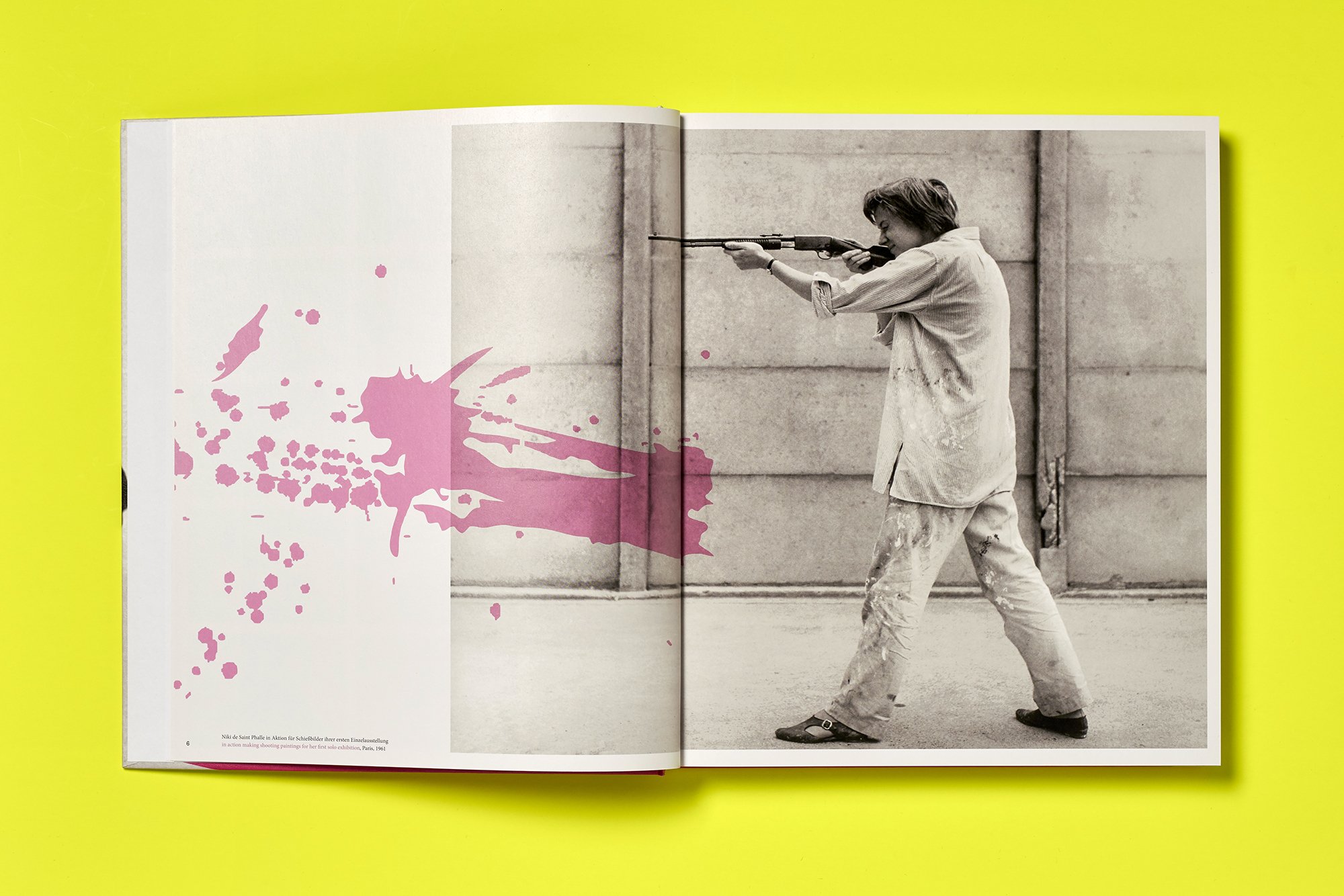
You once told me that someone you were designing a book for called you up and said, “Yesterday when I first saw your design I hated you, and the next morning I loved you” I can imagine there can be quite a bit of friction between curator, photographer and you. How do you handle it? Who ultimately determines what the book will look like?
“Friction” and “determine” kind of sound like a struggle. I see bookmaking as a game of ping pong. Everyone should be a team. At best, you’re each other’s biggest critic and biggest ally at the same time. You work very closely together, and the bottom line is that the book is a joint “baby.” It’s not about determining things. It is a process in which, in the best case scenario, all participants learn from each other and contribute their own skills to the best of their ability – with a shared vision. Only this leads to the best result. This vision must also remain flexible in a way and open to developments without the feeling of constantly compromising. It’s a bit like a jigsaw puzzle. In the beginning there are a lot of loose pieces, and at some point it comes together and everything becomes more stringent and makes sense together. It’s a beautiful feeling. Working closely together like this can be incredibly fulfilling for all parties. Sometimes the artists fall into a little hole when this exciting and exhausting process is over. Bookmaking can be addictive :-)))
Lack of money is not uncommon for artists and photographers, and a book project like this is of course a drain on money, especially since most publishers now expect authors to pre-finance everything. How long does it take from inquiry to finished book, because time is money ?
I have to say that I have little to do with the fundraising process most of the time (thankfully). Actually, the artists only ask me when they have a certain budget together. I do book design for a living. There are a number of ways through digital media to promote a project in advance and raise funds. However, depending on the topic, it is not easy. I am aware that bookmaking is a big investment for artists in most cases. An investment in a medium that is partly taken for granted by exhibitors and gallery owners, but which you first have to be able to afford. …… Not easy, I’m aware. It’s a big investment in the short term, but it often pays off in the long term in terms of image sales and greater media attention.
You also work time and again with artists who live abroad. How does the cooperation across national borders work then ? Do they come to Germany to discuss everything with you or does it work differently ?
It’s completely different. Some come to Germany, – with others I meet at fairs, or I don’t meet them at all, because they live in America, for example, and it is not financially possible to come to both meetings and printing. Then we Skype a lot, and when we eventually meet in real life, it always feels like we’ve met quite a few times because of the previous conversations. It works amazingly well even over long distances with the digital means of communication we have today.
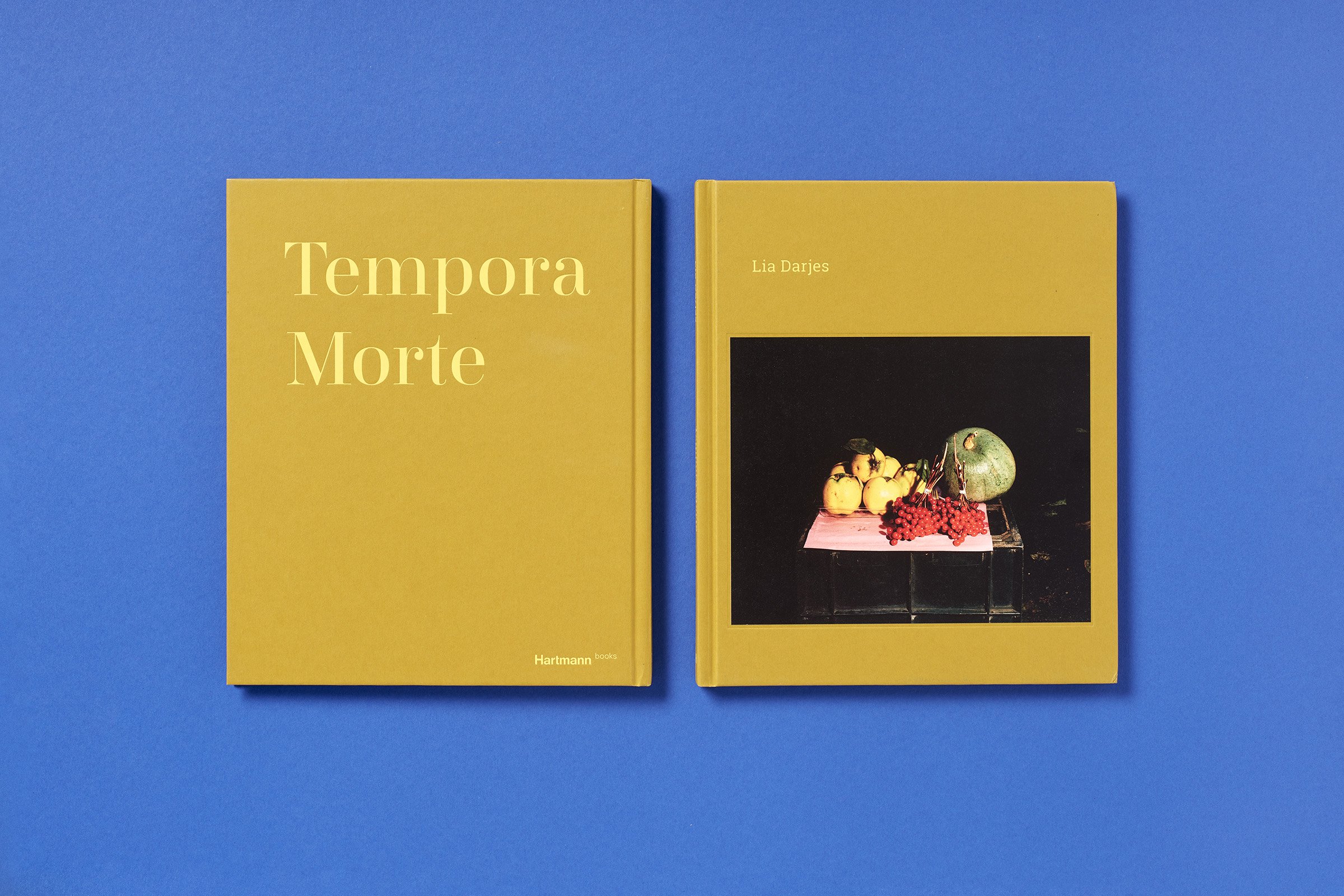
What if you are confronted with a topic that you are not at all comfortable with ?
So if I feel a lot of inner resistance when I look at a project, I decline. It is important for my work that I am inspired in some way, only then can I develop my own ideas. That doesn’t mean I have to think everything is always great. But I have to be able to find points of contact that help me come up with a concept, and I have to have an approach to the work. If there’s nothing there, then I don’t enjoy my work and I don’t do as well, which then makes myself unhappy. Then I’d better not. Of course I would also reject racist, sexist, or equivalent themes, but that’s a different story.
What would be your advice to photographers who are starting out and want to do a book project?
The most important advice, I think, is hang in there. Hang in there, even if publishers don’t answer you, fundraising is tedious, and self-doubt comes in between. This is a process that most people have to go through. It’s also important to be clear about what your topic is. This sounds quite simple, but sometimes it is not at all. You have to be able to sell the book and say in a few words what is important to you. Of course, there are also quite free works, but there should be some common thread. It can also be a feeling. A third point, which usually develops by itself when an artist has already done one or two books, is: try to think in the medium of the book as well. An exhibition is a medium. One book is another. This means that when collecting the material, you can already have in mind what “play material” that goes beyond the core work could still be used as a design element. Like for cover, pre-post and so on. Sometimes it can be useful to have a first conversation when the process of collecting material has not yet been completed.
